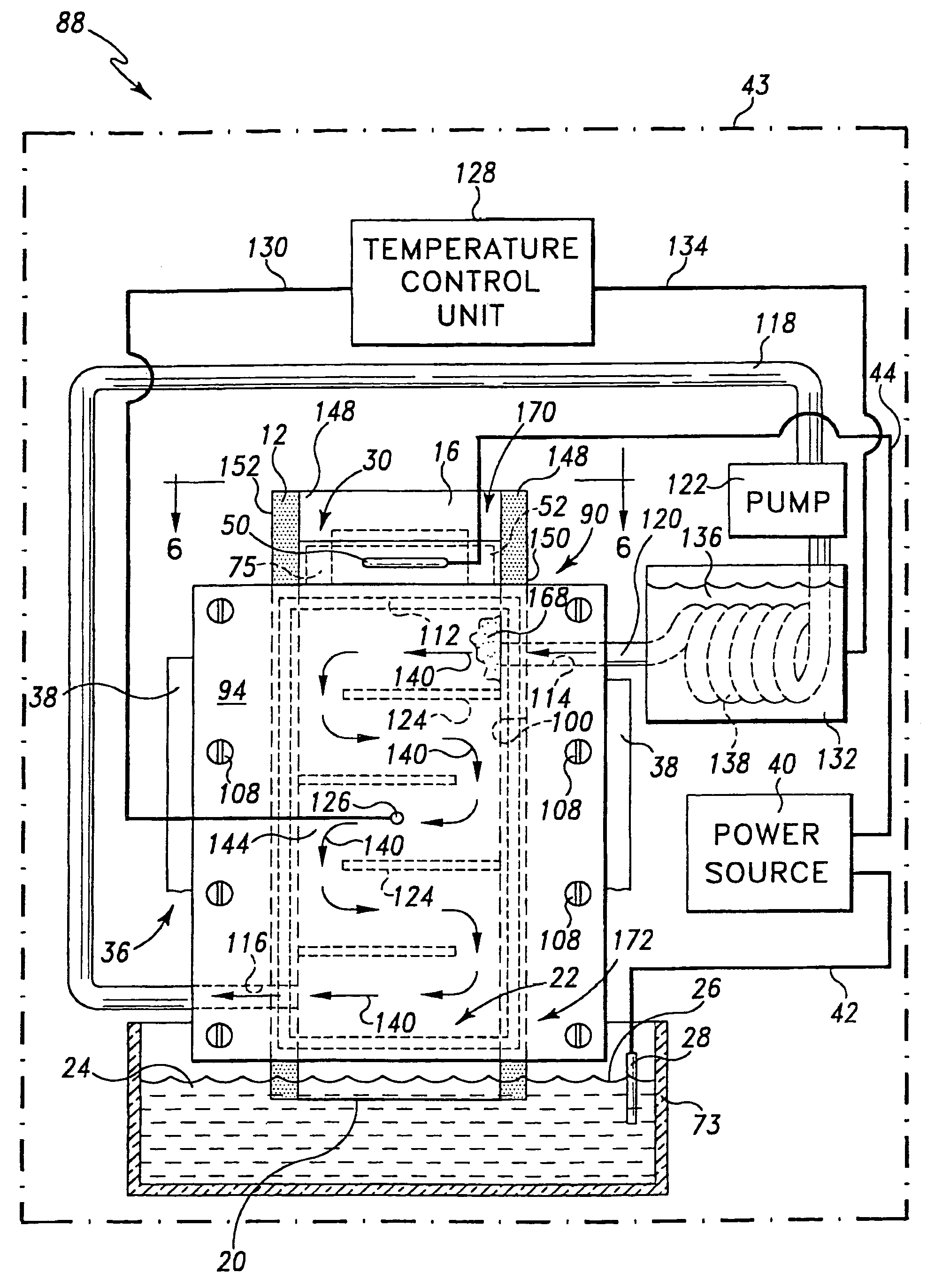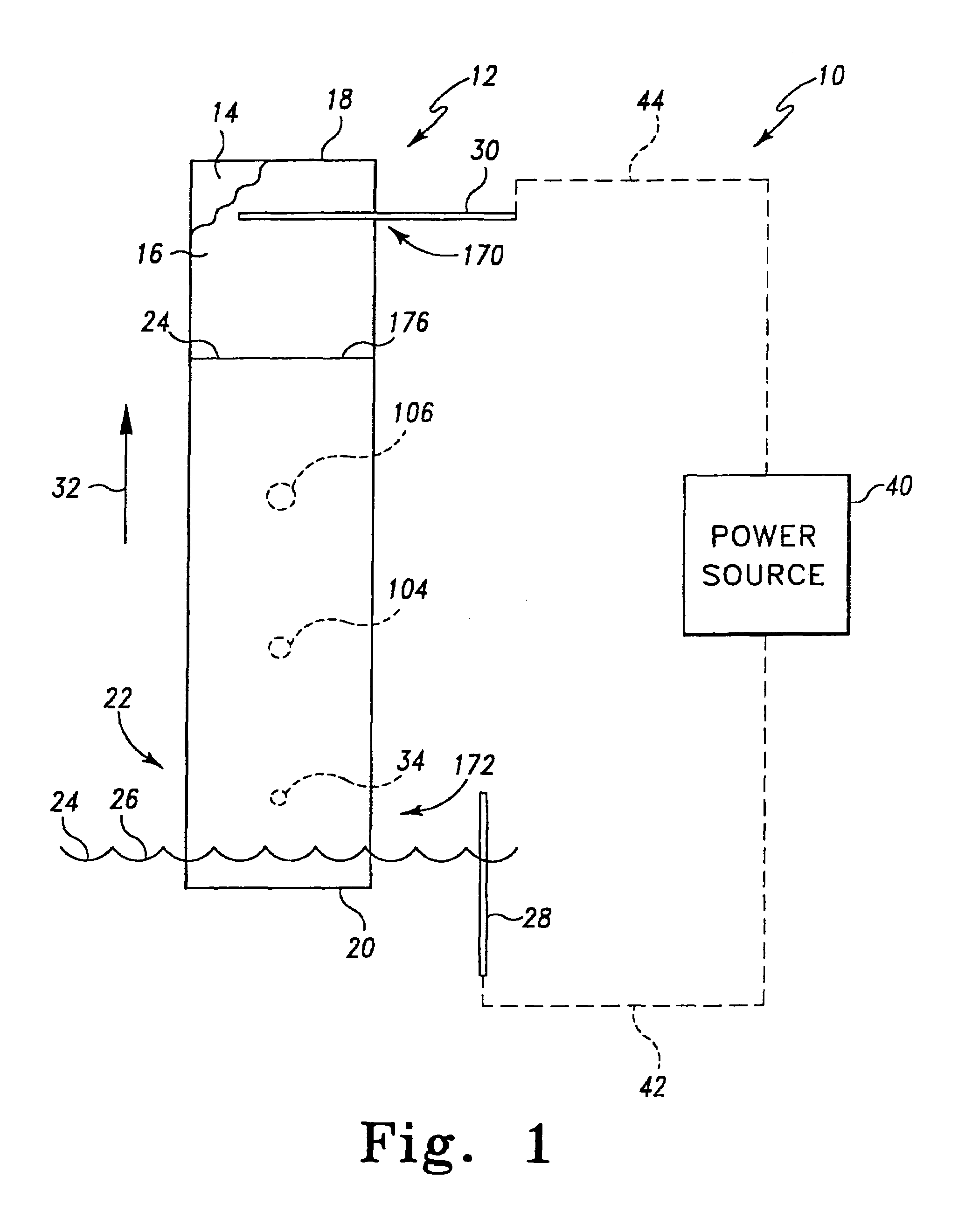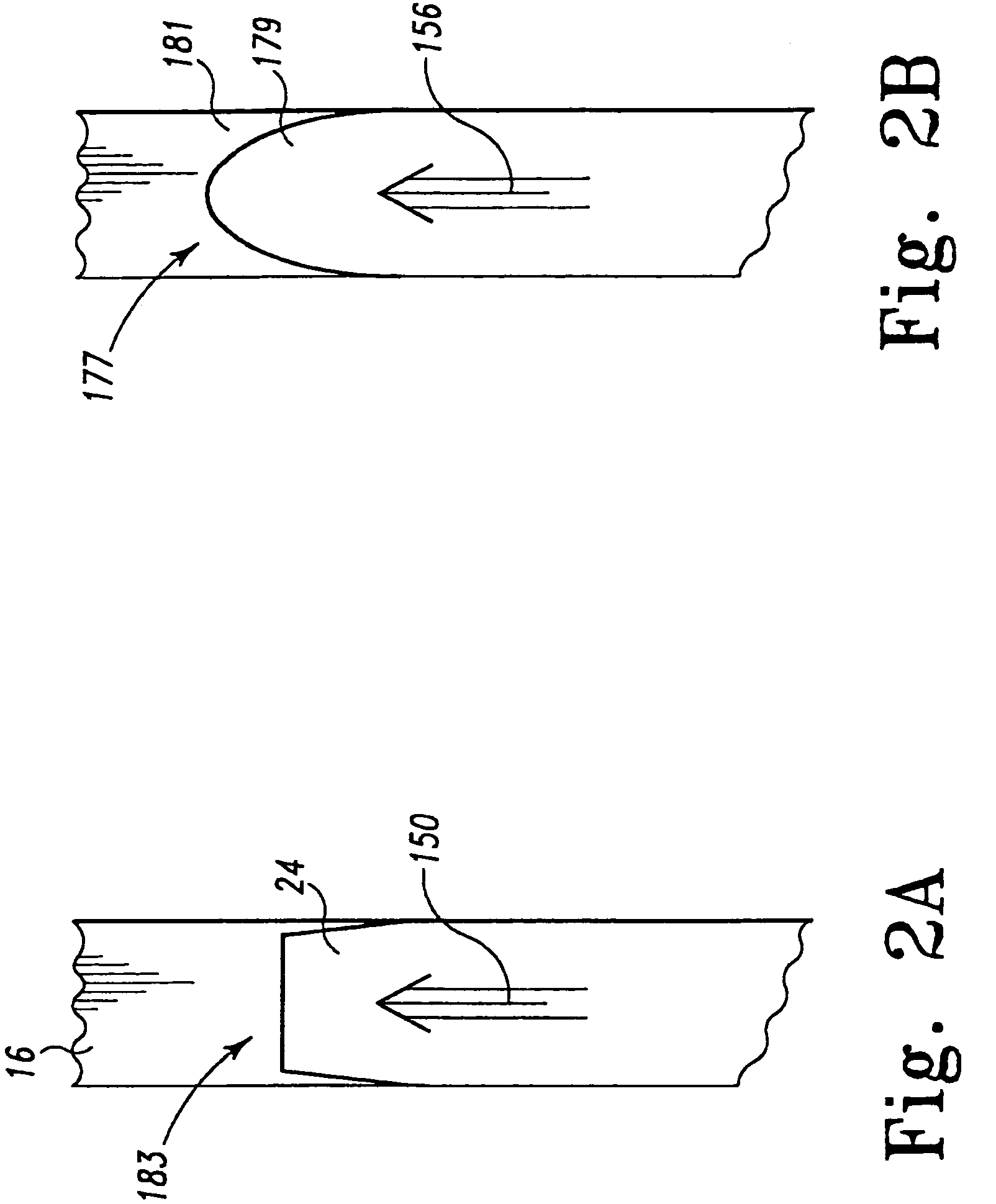Arrangement and method for performing chromatography
a chromatography and arrangement method technology, applied in the field of arrangement and method for performing chromatography, can solve the problems of limited separation efficiency by tlc, limited use of glass columns, and high cost of hplc systems designed for preparative chromatography techniques, etc., to achieve efficient separation of mixture components, short development time, and improved arrangement and method
- Summary
- Abstract
- Description
- Claims
- Application Information
AI Technical Summary
Benefits of technology
Problems solved by technology
Method used
Image
Examples
Embodiment Construction
[0035]While the invention is susceptible to various modifications and alternative forms, a specific embodiment thereof has been shown by way of example in the drawings and will herein be described in detail. It should be understood, however, that there is no intent to limit the invention to the particular form disclosed, but on the contrary, the intention is to cover all modifications; equivalents, and alternatives falling within the spirit and scope of the invention as defined by the appended claims.
[0036]Referring to FIG. 1 there is shown a chromatography arrangement 10 which incorporates certain features of the present invention therein. Arrangement 10 includes a thin layer chromatography plate 12 (hereinafter referred to as plate 12), an electrical power source 40, a first electrode 28 such as an anode, and a second electrode 30 such as a cathode. Arrangement 10 also includes a mobile phase 24 and a pair of electrical wires 42 and 44. Hereinafter first electrode 28 will be refer...
PUM
| Property | Measurement | Unit |
|---|---|---|
| electrical potential | aaaaa | aaaaa |
| v/v | aaaaa | aaaaa |
| particle size | aaaaa | aaaaa |
Abstract
Description
Claims
Application Information
 Login to View More
Login to View More - R&D
- Intellectual Property
- Life Sciences
- Materials
- Tech Scout
- Unparalleled Data Quality
- Higher Quality Content
- 60% Fewer Hallucinations
Browse by: Latest US Patents, China's latest patents, Technical Efficacy Thesaurus, Application Domain, Technology Topic, Popular Technical Reports.
© 2025 PatSnap. All rights reserved.Legal|Privacy policy|Modern Slavery Act Transparency Statement|Sitemap|About US| Contact US: help@patsnap.com



